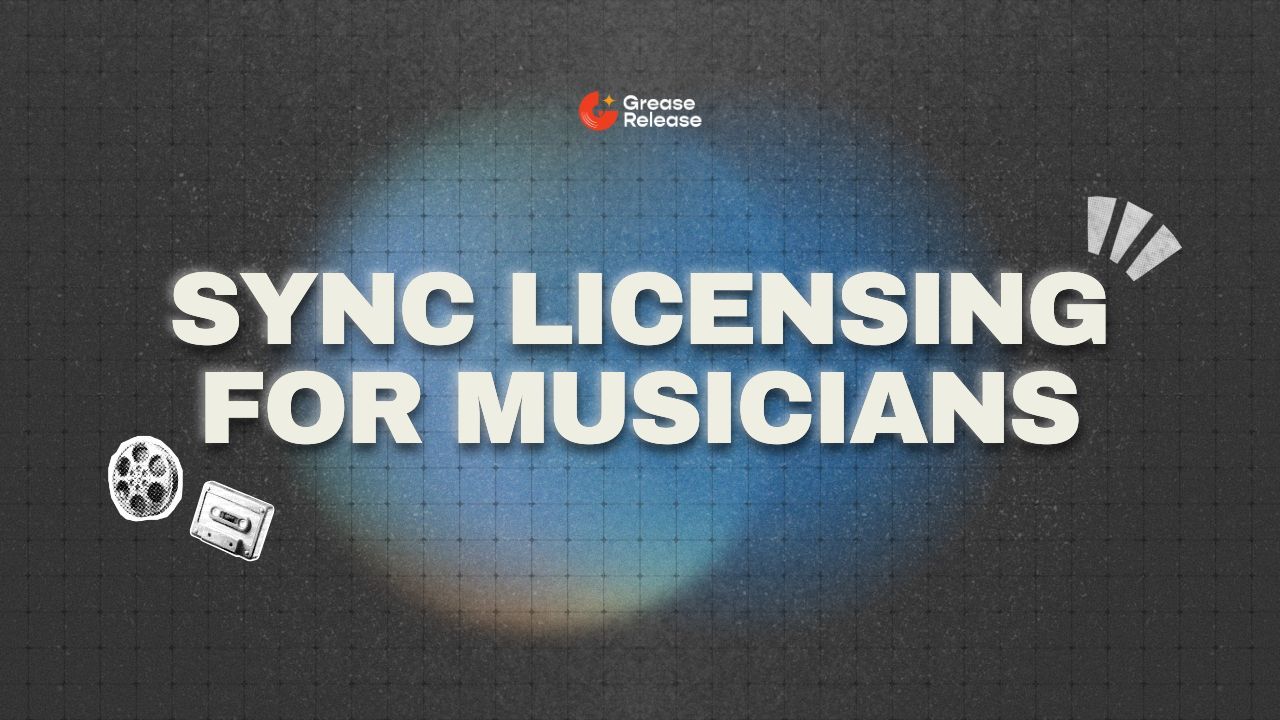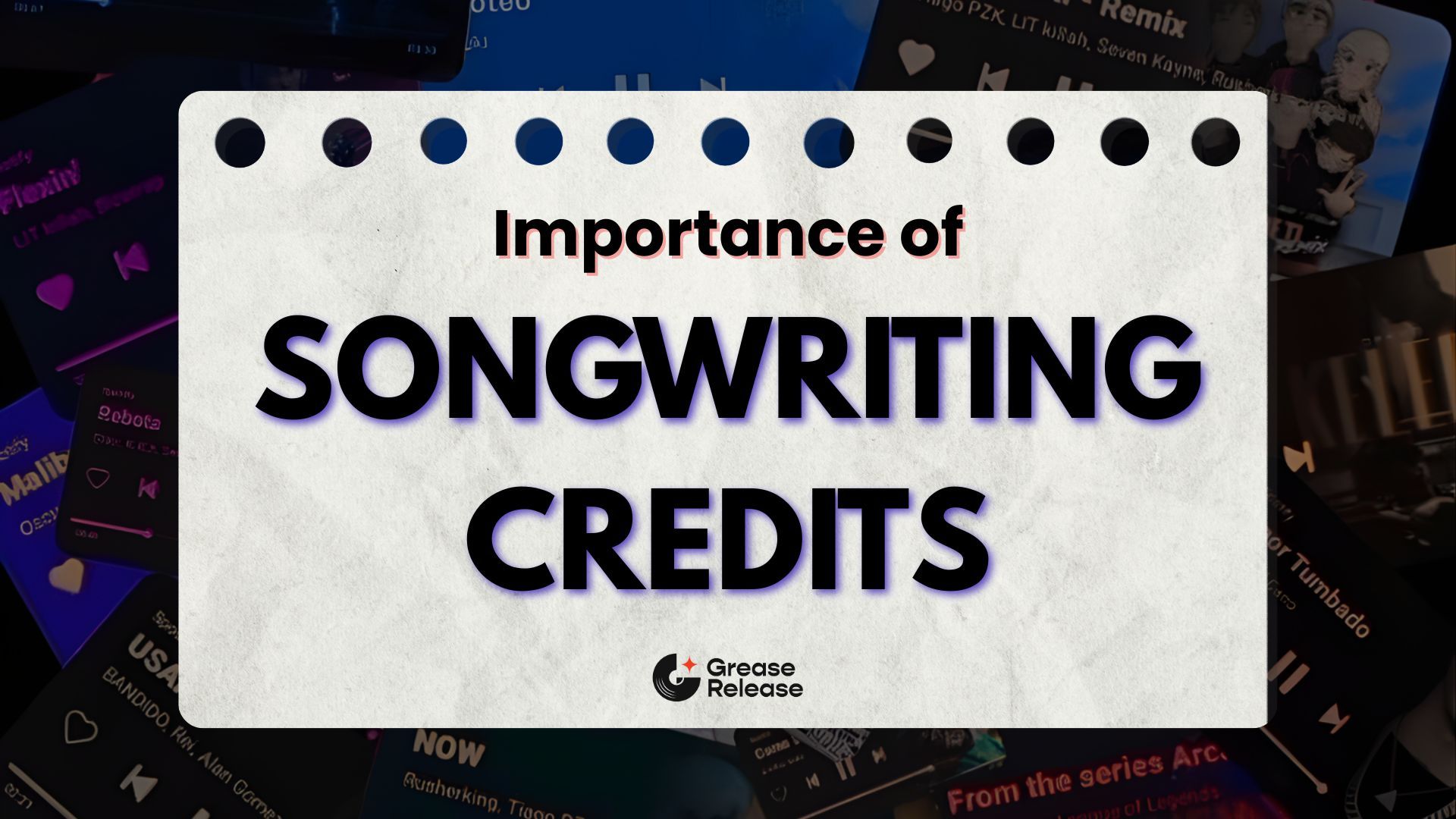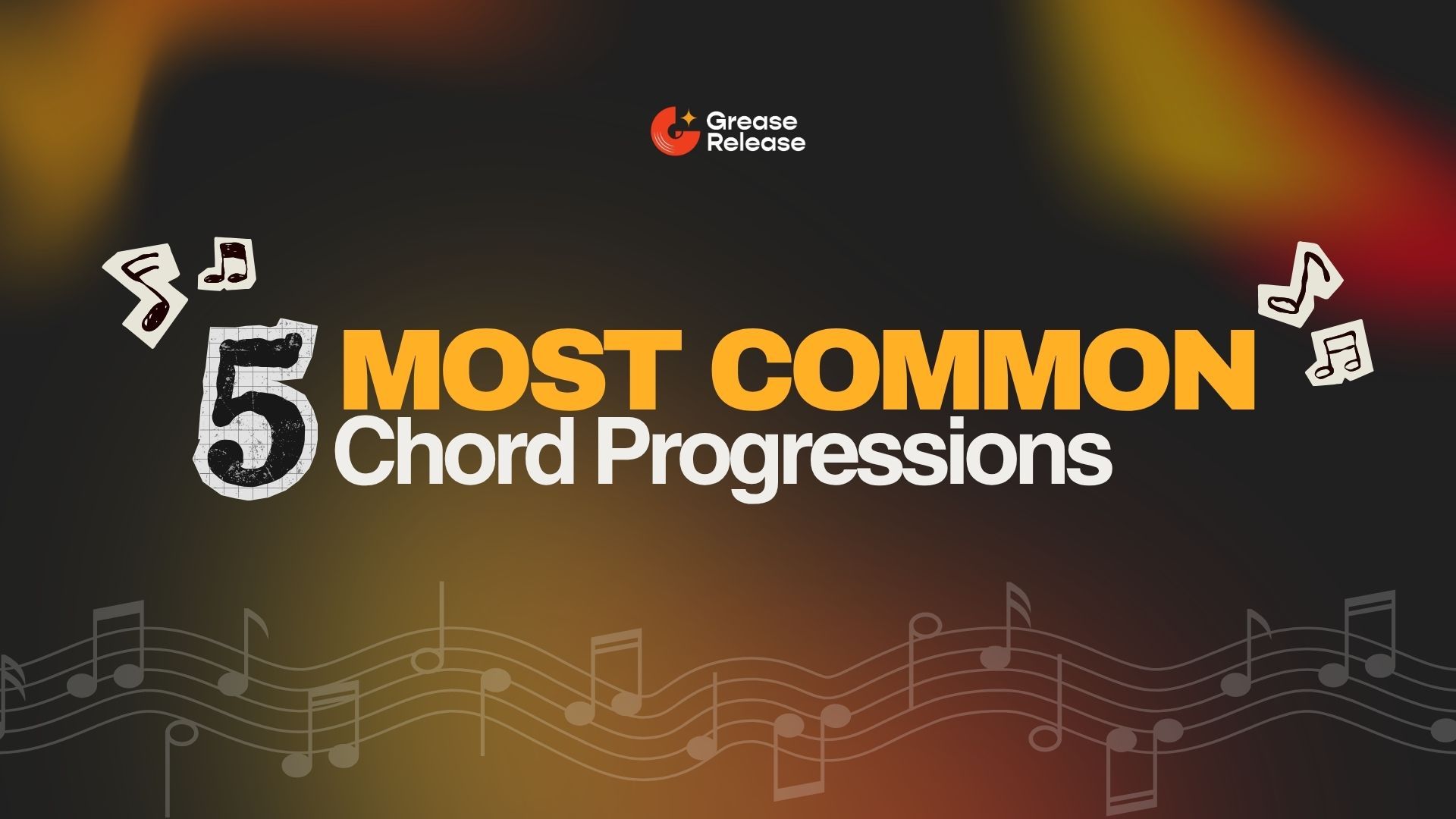
Beginner’s Guide to Mixing Music
Aug 19, 2025Mixing Music for Beginners: Easy Steps to Get Started
You know that moment when you listen back to your freshly recorded track and think, "Okay… it’s good… but why doesn’t it sound like my favourite songs on Spotify?" That missing ingredient? Mixing music. Mixing is the stage where your raw, slightly awkward “first date” version of your song turns into the smooth, confident, radio-ready version. It’s where instruments find their place, vocals stand out, and every sound feels like it belongs in the same sonic world. Let’s break it down, step-by-step.
We’ll be taking a look at the following:
What is Mixing Music?

At its heart, mixing music is just balancing and blending all your recorded sounds into one final track that feels right.
It’s turning “the guitar’s too loud” and “I can barely hear the vocals” into “Wow, this actually sounds like a song.”
You’ll adjust volume, pan instruments left and right, shape frequencies with EQ, add reverb for space, and compress to control dynamics. It’s part science, part creativity.
And if you’ve been wondering about the difference between mixing and mastering, here’s the quick version:
Mixing = fixing and balancing all the separate elements inside the song.
Mastering = polishing the finished song so it sounds great everywhere.
Should You Mix Your Own Music?
Yes — especially when you’re starting out. Mixing your own tracks gives you creative control, helps you understand how your sounds interact, and saves money. Even if you eventually hire a pro, knowing how mixing songs works will make you a better collaborator.
Your Starter Mixing Kit
Before you dive in, make sure you’ve got:
- A DAW (Logic Pro, FL Studio, Ableton — pick your weapon).
- Good headphones or monitors — no, your laptop speakers don’t count.
- Basic plug-ins — EQ, compression, reverb, delay.
- Optional MIDI controller — for easier playing and tweaking.
The Key Elements of a Great Mix
When learning how mixing songs works, keep these building blocks in mind:
- Levels – Adjusting fader volumes so no element overpowers the rest.
- Panning – Placing sounds in the stereo field to create space.
- EQ – Shaping frequencies to avoid clashing and add clarity.
- Dynamics – Using compression, gates, and limiters to control loudness over time.
- Time-based effects – Reverb and delay for depth and atmosphere.
- Pitch correction – Keeping vocals and instruments in tune.
Step-by-Step: How to Start Mixing Music

- Calibrate your ears – Listen to professionally mixed tracks in your genre to set a reference.
- Listen to the rough mix – Get a feel for your track before touching the faders.
- Choose your starting point – Many mixing engineers begin with either drums (for rhythm-driven tracks) or vocals (for melody-driven songs).
- Balance the core elements – Adjust levels and EQ so that your main parts shine.
- Work through the song structure – Pay attention to verses, choruses, and bridges; build energy naturally.
- Use automation – Bring certain parts forward during key moments, or fade others for impact.
- Add finishing touches – Reverb tails, subtle delays, and final EQ tweaks.
Pro Tips for Beginners
- Avoid over-processing – Sometimes less is more.
- Use reference tracks – Compare your mix to songs you admire in the same genre.
- Take breaks – Ears get fatigued; fresh listening is key.
Final Thoughts
The only way to truly learn how mixing songs works is to get hands-on. Open your DAW, load up a project, and experiment. Push the vocals forward. Pull the bass down. Add reverb, then take it away.
In time, you’ll train your ears, develop your own style, and move from beginner to confident mixer
We at GreaseRelease, have a bunch of curators on our network who are looking for new & exciting music to push on their massive playlists. If you make music and want to reach a wider audience, check out our submission platform and get a chance to reach millions of listeners! Submit your tracks now!
Don't miss my newsletter!
Join me on a music entrepreneurship journey with new tips and tricks delivered straight to your inbox.
We hate SPAM. We will never sell your information, for any reason.




